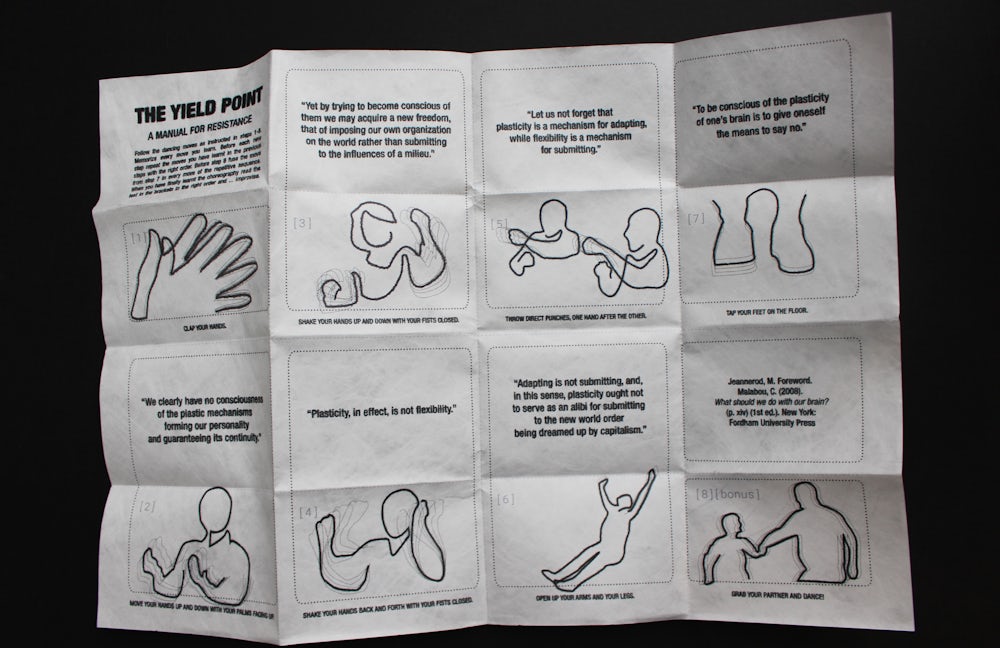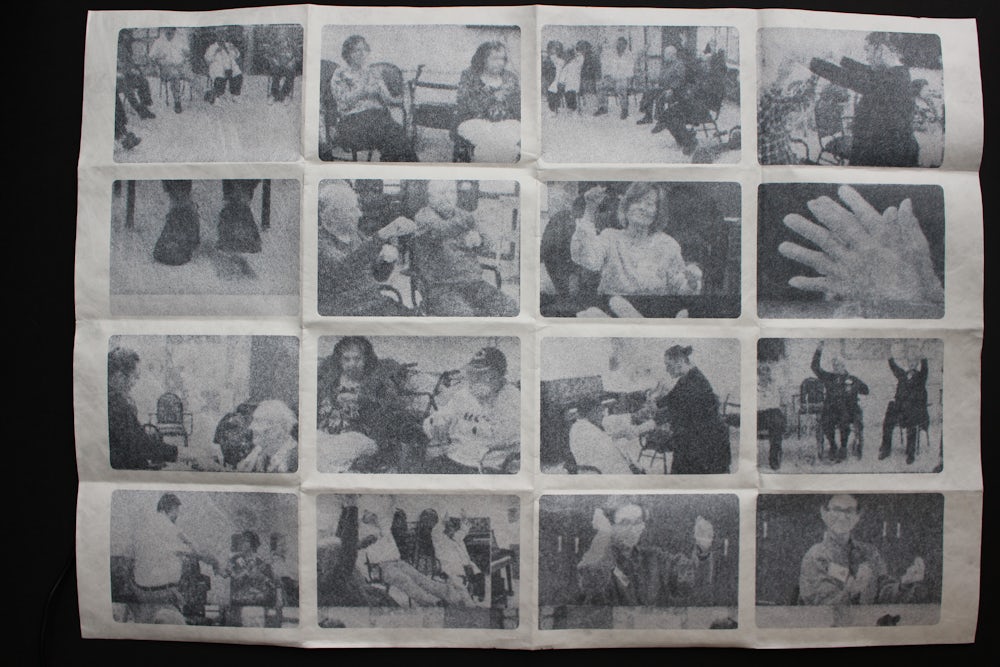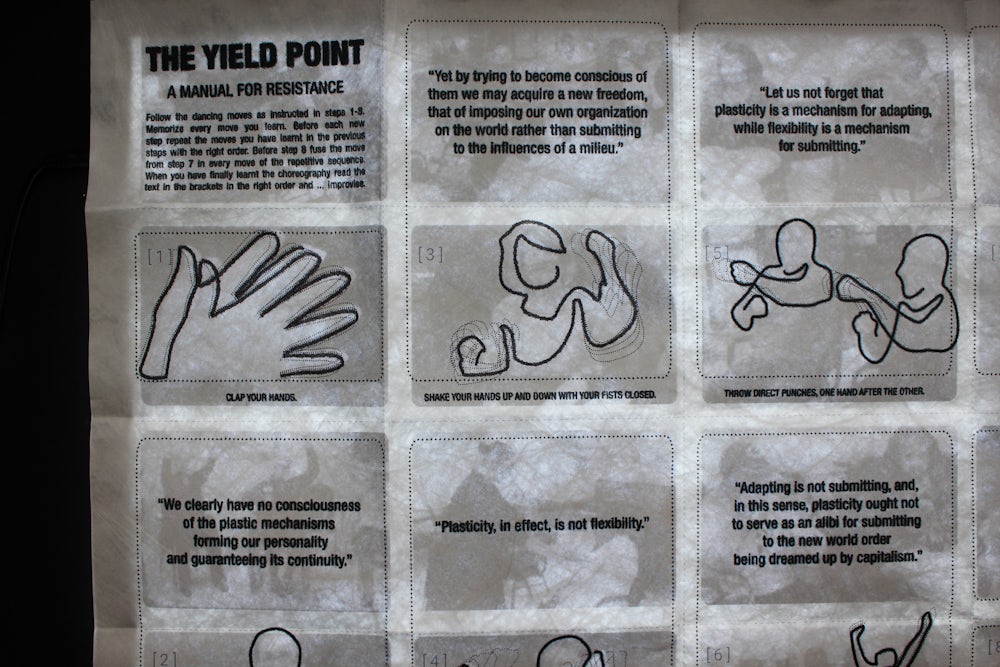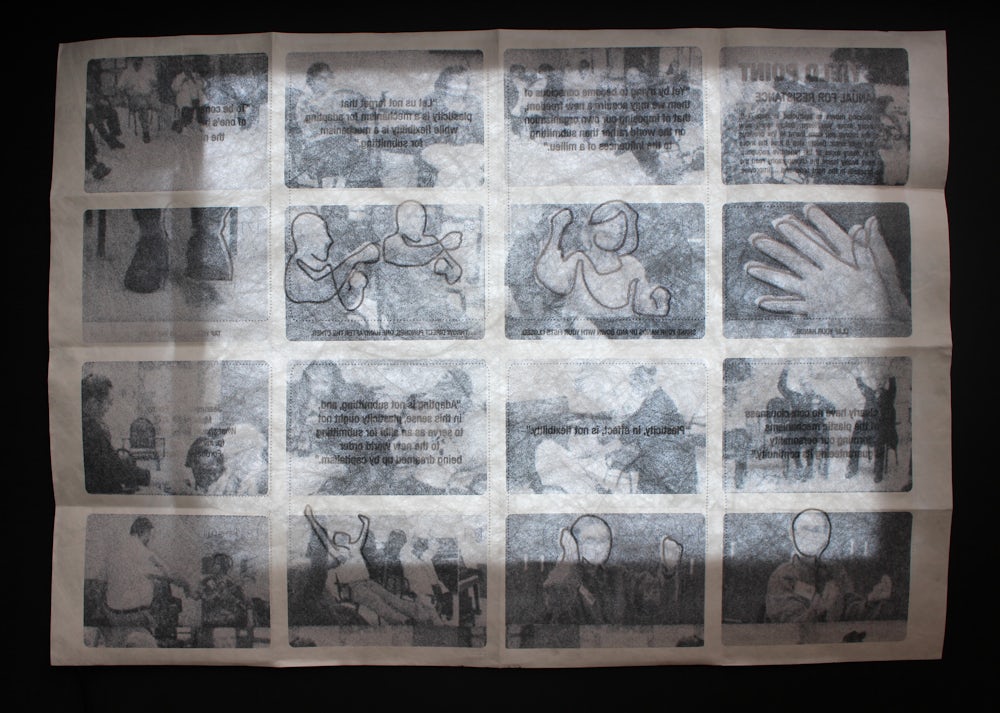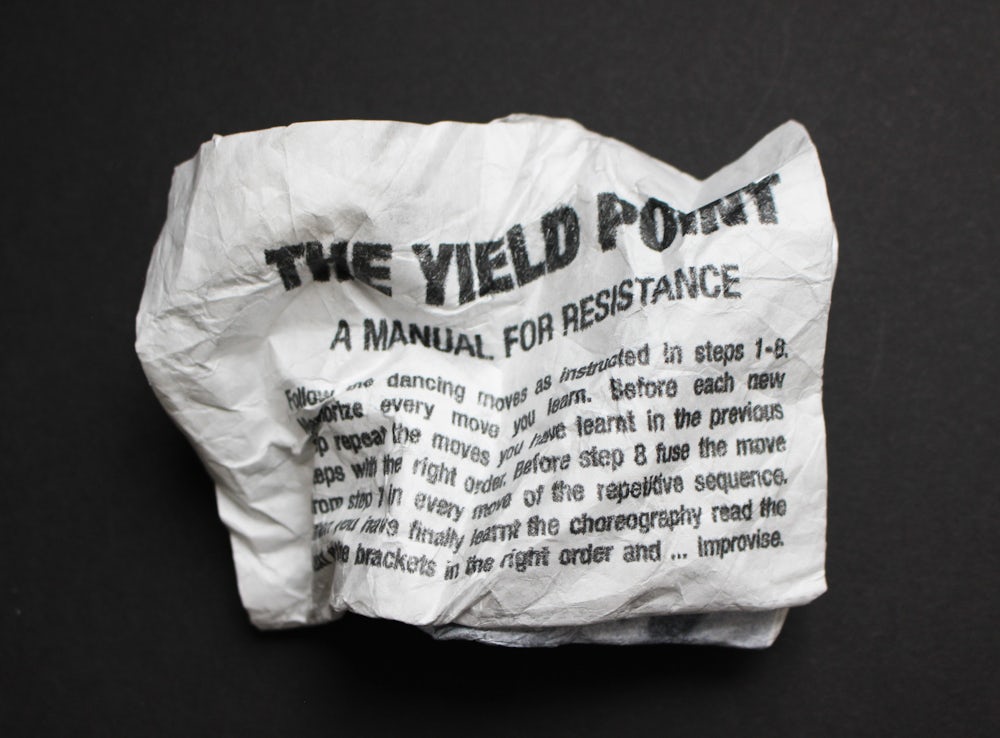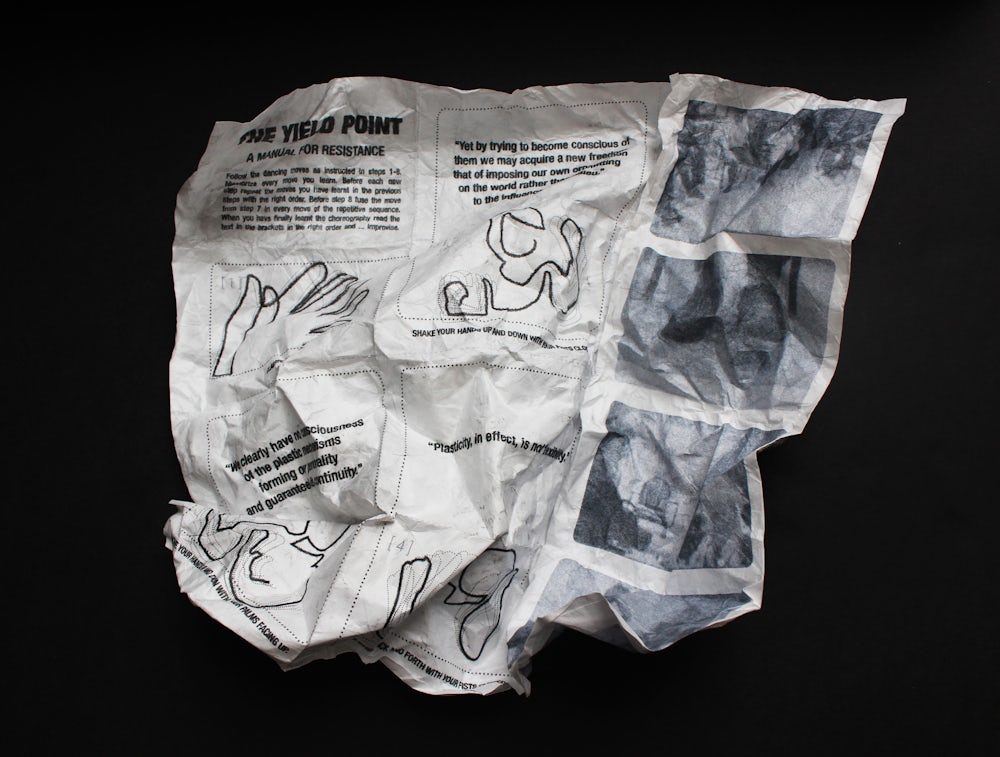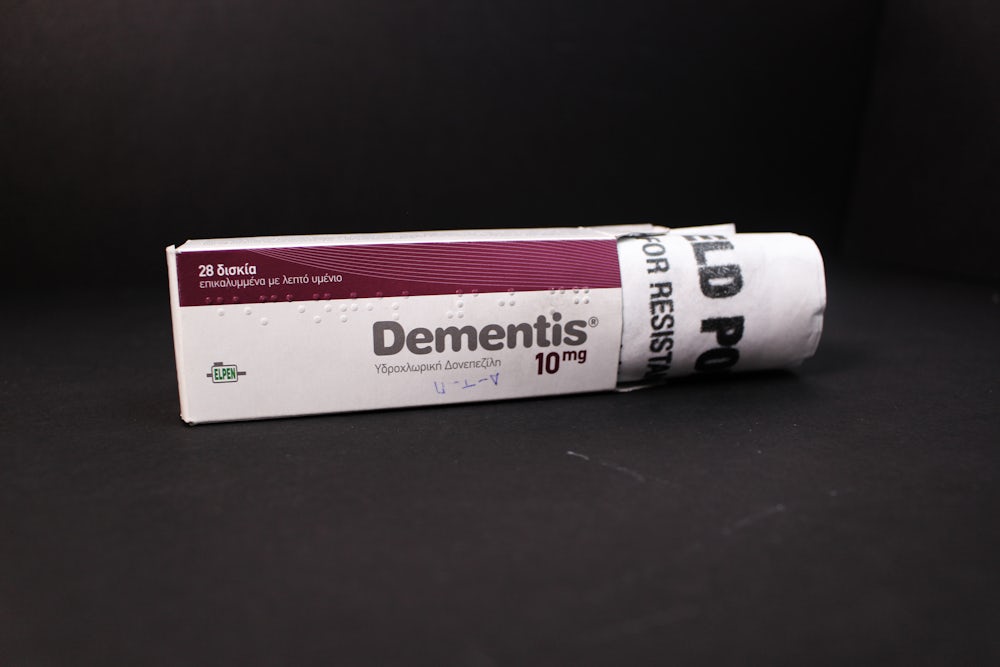Grigorios Tsilimidos
"The Yield Point… or Point of Resistance"
In physics, objects deform when pushed, pulled and twisted. Elasticity is the measure of the amount that the object can return to its original shape after these external forces and pressures stop. The opposite is plasticity; when something is stretched and it stays stretched, the material is said to be plastic.
Apart from its physical definition, the term plasticity is also very popular in other fields of science and sociology: two of the most significant examples being behavioral plasticity and brain plasticity (neuroplasticity). Both of them refer, in general, to the ability of an organism to adapt and inherit new attributes due to fundamental changes, such as environmental change, aging or the processing of new information. In addition, nowadays we inhabit flexibility in labor, which promotes an idealistic multitasking (flexible) brain and lifestyle.
This project, in particular, explores the importance of brain plasticity as a tool of resistance to conformity. It questions the notions of brain plasticity and elasticity (flexibility), their difference, and the possible mediation from the elastic to the plastic state. Special attention is given to the threshold of this transition, In engineering terminology, known as the yield point, which is the point that indicates the limit of elastic behavior and the beginning of plastic behavior.
As a case study and context for this research I have taken the example of people suffering from the neurodegenerative disorder of Alzheimer’s dementia and their ability to “resist”, due to their brain’s impairment, to the desirable flexibility of the present socio-political system. The project examines the vitality of enhancing the brain plasticity of these people, and consequently of all people, through their special dancing therapies.
By charting those specific movements and the pattern that they create, the outcome of the project takes the shape of a printed induction manual for enhancing our ability to change and adapt. This is not meant to be a conventional manual, but mostly an intellectual tool, a visual manifesto for resisting the imposed capitalistic model of brain functioning.



